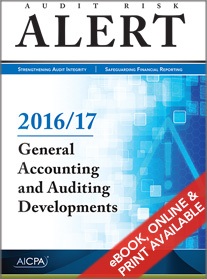Accounting for donated medicine drawing regulatory attention: California A.G. files 3 cease and desist orders.

The California Attorney General has taken exception to the valuation of donated medicine by three large charities.
In March 2018 MAP International, Food for the Poor, and Catholic Medical Mission Board were served with cease and desist orders insisting the charities cease using their claims of extremely high program service percentages. The AG also seeks to revoke charitable registration status in the state for MAP and FftP. The cease and desist orders seek to impose substantial fines on the charities.
The AG also claims that FftP incorrectly applied joint cost allocation.
The filed actions alleged that financial reporting for the years 2012 through 2015 is incorrect. This would include the audited financial statements, 990s, and RRF-1s (for MAP and FftP).
…











